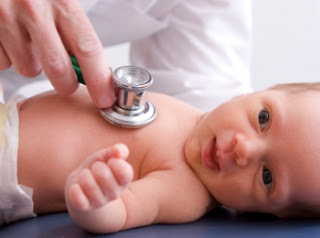The conclusion is easy: the adding of an antibiotic adds very little to the result obtainable with the drainage of skin abscesses. It is necessary to continue limiting the use of antibiotics to cases where their use is really justified, since we are living a historical moment where bacteria acquire every day more and more capabilities to resist antibiotic treatments.
Skin Abscesses and Antibiotics
The incidence of skin and soft-tissue infections has dramatically increased in the USA during the last decade and most of these infections have been caused by a methicillin-resistant Staphylococcus aureus (MRSA). Even if the drainage of abscess infections is the most indicated treatment, someone also considers the adding of antibiotics, which are instead not advised by other physicians dealing with infectious diseases. In order to clear up the matter, a double-blind trial has been performed on children treated for skin abscesses in an Emergency Department in Missouri: participants were randomized to receive for 10 days after drainage a treatment with TMP-SMX (trimetoprim-sulphametoxazole) or placebo. The cohort was made up of 149 children. The germ involved in skin abscesses, isolated in cultures, was Staphylococcus aureus in 80% of cases and the percentage of therapeutical failure was of 5.3% and of 4.1% respectively with placebo and antibiotics. Even if the rate of formation of new abscesses was higher in the placebo group, at a control after 10 days (26.4% vs. 12.9%), after 3 months the percentage between the two groups was in practice the same (28.8% vs. 28.3%).
Labels:
Dermatology








